Estimated reading time: 12 minutes
If you’re a cat owner, the idea of bathing your feline friend might send shivers down your spine. After all, it’s no secret that many cats equate water with enemy territory — and their sharp claws can make bath time feel like a battlefield.
Whether it’s dodgy looks or outright resistance, scrubbing your kitty without earning scratches is quite the challenge.
But here’s an interesting fact: not all cats are sworn enemies of water! Some breeds show less aversion to getting wet than others. Bengal and Turkish Van cats even have reputations for enjoying a splash!
Now, regardless of breed, there comes a time when every cat may need human help to stay clean. Our guide is brimming with tips and advice to transform bath time into a peaceful experience rather than a scratch fest.
Key Takeaways
- Get your cat used to the bath by letting them explore the tub and introducing water slowly. Use treats and a soft voice.
- Trim your cat’s nails before the bath to lower the chances of getting scratched. Gently comb out any matted fur too.
- Pick a calm time for bathing, after play or eating is good, so your cat is relaxed.
- Use warm water for the bath and always be gentle. Cat shampoo that is safe on their skin works best.
- Dry your kitty with towels after washing and give them a cozy spot to finish drying off without stress.
Why Bathe a Cat?
Cats clean themselves, but sometimes they need extra help. If your cat gets very dirty or has fleas or a skin problem, bathing them can help a lot. Giving your cat a bath can also remove smells and loose fur. This keeps your home cleaner.
Bathing your cat might sound scary because cats often do not like water. Yet with the right shampoo and careful steps, you can wash them without getting scratched. Use special cat shampoo to keep their skin safe from irritation.
Don’t get water in their face as they hate this and may scratch or run away. Wash their body gently to make sure they are clean all over. Remember to talk softly and move slowly so you don’t scare them during the bath.
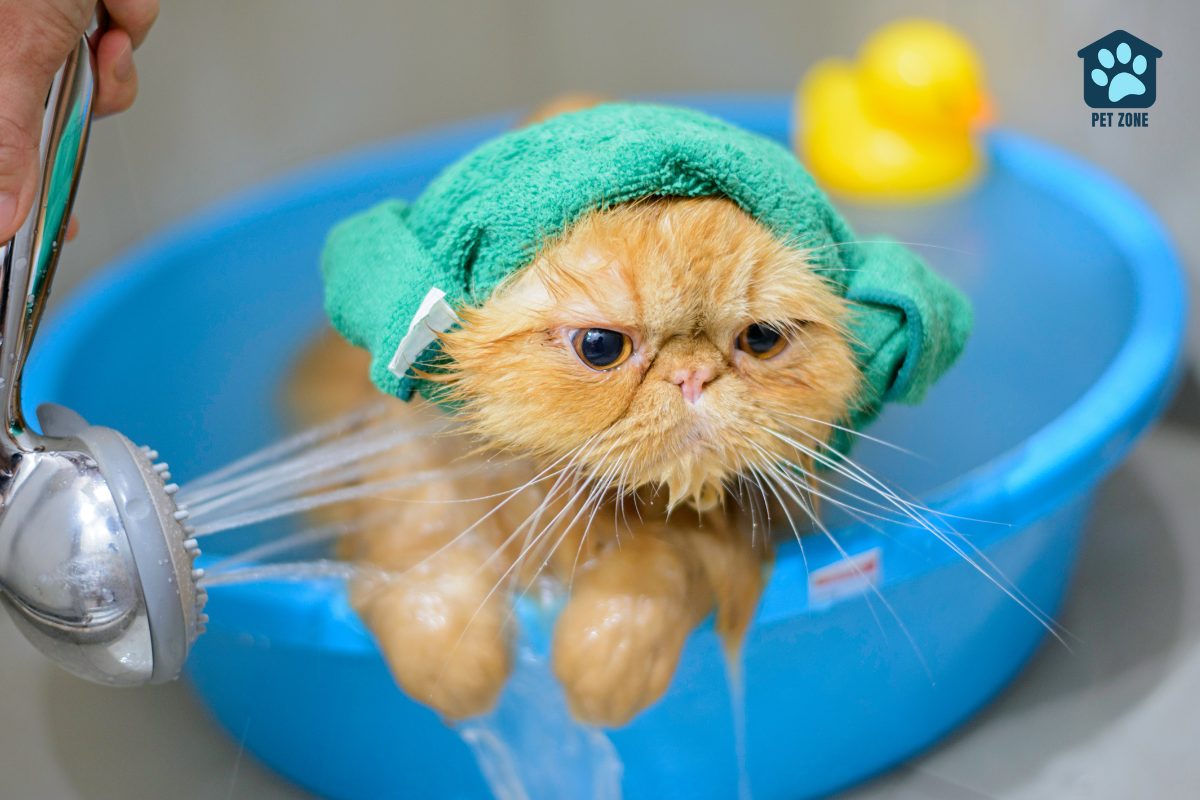
Preparing Your Cat for a Bath
Before giving a cat a bath, it’s crucial to ensure they’re comfortable with the idea of being bathed. This can be achieved through gentle exposure to water and gradually introducing them to the bathing process.
Additionally, consider trimming their nails and dealing with any matted fur beforehand to make the bathing experience smoother for both you and your feline friend.
Warm up to bathing
Getting your cat used to bathing takes time and patience. Start by gently petting your cat near the sink or tub where you’ll bathe them. Let them sniff all the bath supplies like shampoo, washcloths, and towels.
Do this often so they understand these things are not scary.
Next, place your cat in the empty tub without water to let them explore. Give treats and use a soft voice for comfort. This way, when it’s time for an actual bath, they won’t be as surprised or upset about being in the tub.
Remember to keep sessions short and sweet!
Nail trimming
Nail trimming is a key step before you bathe your cat. Short, dull nails increase the odds of bathing a cat without getting scratched for your trouble.
Use a pair of clippers made just for cats and clip only the tip to avoid hurting them. If you’re not sure how to do it, ask a vet or groomer to show you the right way.
Make nail clipping calm and quick. Hold your cat gently but firmly, press the paw pad to reveal the claws, and snip off just the sharp ends.
It’s best to get your furry friend used to this when they’re young, but even older cats can learn that it’s no big deal with some patience and practice.
Dealing with matted fur
When dealing with matted fur on your cat, it’s important to approach it with gentle care and patience. Start by gently combing through the mats using a specialized cat brush or comb, such as a slicker brush or de-matting tool, to loosen the tangles without causing discomfort to your cat.
Be sure to use short and careful strokes, especially around sensitive areas like the belly and legs. If the mats are particularly stubborn, you can try using a small amount of detangling spray or conditioner to help ease them out without causing any pain.
It’s essential to address matted fur promptly since it can lead to skin irritation and discomfort for your cat. Regular grooming sessions can also help prevent future matting issues, keeping your feline friend comfortable and healthy.
The Right Timing for Bathing a Cat
Before bathing your cat, consider the following:
- Choose a time when your cat is calm and relaxed, preferably after a meal or playtime.
- Avoid bathing during times of stress or immediately after an intense activity to minimize anxiety.
- Keep in mind that timing can greatly impact the success of the bathing experience for both you and your cat.
Selecting Appropriate Cat Shampoo
When choosing a cat shampoo, look for a specialized product designed specifically for cats. Consider the following factors when selecting an appropriate cat shampoo:
1. Hypoallergenic Formulation: Opt for a hypoallergenic cat shampoo to minimize the risk of skin irritation or allergic reactions in your feline companion.
2. pH-Balanced Formula: Choose a pH-balanced shampoo that is gentle on your cat’s skin and helps maintain its natural oils, promoting healthy fur and skin.
3. Natural Ingredients: Look for shampoos with natural ingredients such as oatmeal or aloe vera, which can soothe sensitive skin and provide nourishment without harsh chemicals.
4. Flea-Repelling Properties: Consider a cat shampoo that includes flea-repelling properties if your pet is prone to fleas, offering both cleaning and pest control benefits.
5. Suitable for Cat’s Coat Type: Select a shampoo suitable for your cat’s specific coat type – whether it’s long-haired, short-haired, or requires special attention due to matted fur or shedding issues.
If you’re looking for a great hypoallergenic, cat-friendly shampoo, check out our recommendation!
This kitty shampoo is free of fragrances, sulfates, colorants, and harsh chemicals that irritate sensitive cat skin, making this a great cat shampoo for sensitive skin.
Add this shampoo to your cat supplies kit so that you always have your premium cat shampoo on hand when you need it.
- Hypoallergenic
- Made with high-quality natural ingredients
Creating a Safe and Secure Bathing Environment
To create a safe and secure bathing environment for your cat, it’s important to start by setting up the space in a quiet and calm area of your home. Additional help may be needed for nervous cats, such as using a cat harness to keep them secure while in the water.
Remember to draw a bath with warm water and ensure that all necessary supplies are within reach before beginning the bathing process.
Extra help for nervous cats
When it comes to bathing nervous cats, creating a safe and secure environment is crucial. Use calming techniques such as gentle petting and softly spoken words to help ease your cat’s anxiety.
Introduce your cat to the bathing area gradually and consider using a DIY cat bath bag or other means of restraint for added security. Additionally, minimizing loud noises and maintaining a calm atmosphere can significantly reduce stress for your feline friend during the bathing process.
To assist in keeping the water away from their face, use a washcloth around the ears and eyes while applying shampoo. This method can help prevent unnecessary distress for your cat, making the experience more comfortable overall.
Draw a bath
Fill the bathtub with warm water to a level that will cover your cat’s legs but won’t make it feel overwhelmed by the depth. Ensure the water temperature is comfortably warm, not too hot or too cold, as cats are sensitive to extreme temperatures.
Use a non-slip mat at the bottom of the tub to provide stability for your cat and prevent slipping during the bath. Encourage your cat to step into the water gently by using calm and reassuring words, and ensuring a gentle approach to avoid causing any distress or fear.
Gently talk to your cat in soothing tones while gradually immersing it in the water. Maintain a calm and composed demeanor throughout this process, avoiding sudden movements or loud noises that could startle your furry friend.
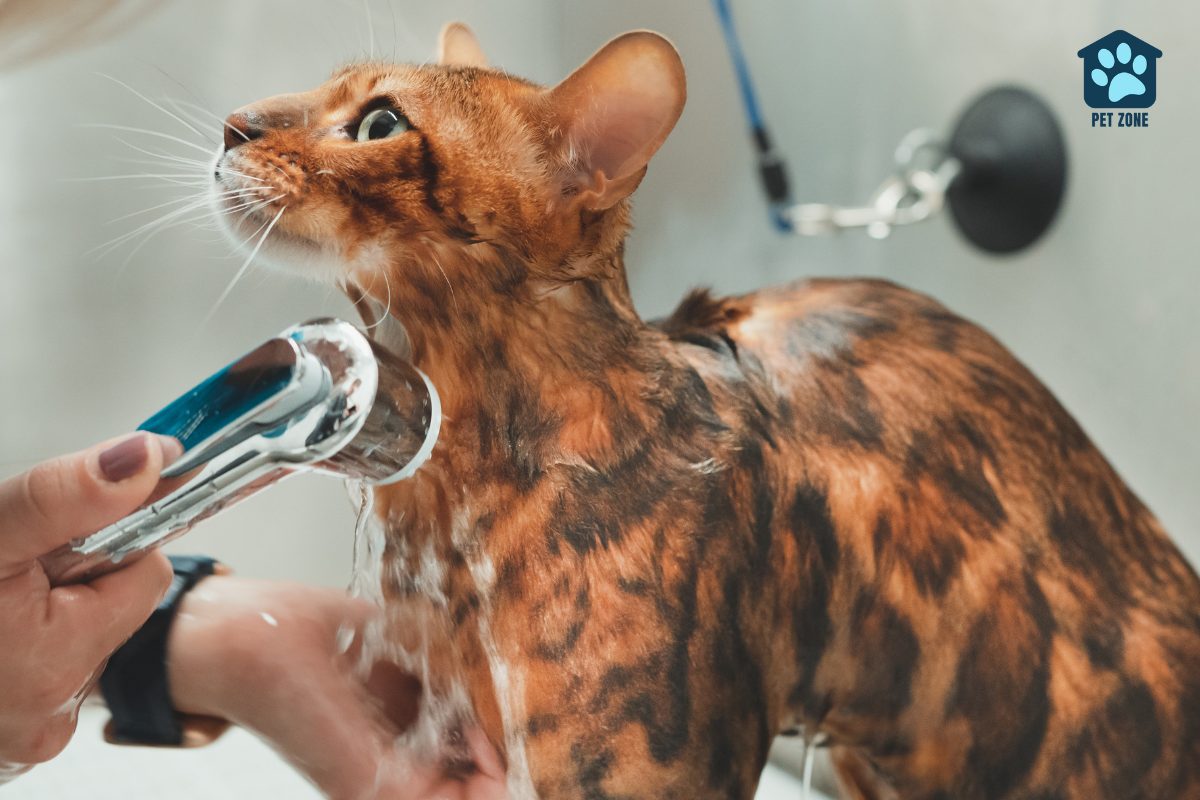
Bathing Method for Cats
To bathe your cat, start by wetting its fur thoroughly with warm water. Gently apply the appropriate cat shampoo and work up a lather, avoiding their eyes and ears. Rinse your cat thoroughly until all of the soap is removed from their coat.
Don’t forget the ears
When bathing your cat, always remember to pay special attention to the ears. Use a damp washcloth to gently wipe around the ears, making sure not to get water or shampoo inside. After bathing, use a creme rinse to balance your cat’s natural oil and help maintain ear health.
Remember, cats are sensitive around their ears, so be gentle and avoid causing any distress during this process.
You must take extra care when cleaning the area around the ears after bathing your cat. Using a washcloth can ensure that you clean this delicate area without being too harsh or invasive on your feline friend.
Post-Bath Care for Cats
After bathing your cat, it’s important to thoroughly dry them with a towel and provide comfort and reassurance. This will help soothe any anxiety or stress from the bath and create positive associations with the experience for future baths.
Drying the Cat
After the bath, gently wrap your cat in a soft towel to remove as much water as possible. Then, use another dry towel to continue drying your cat by patting them down. Be sure to avoid vigorous rubbing, which can irritate your cat’s skin.
If your cat tolerates it, you can use a blow dryer on the lowest heat setting from a safe distance to further dry their fur. Keep an eye out for signs of stress or discomfort and stop if necessary.
It’s important to ensure that your cat is completely dry before allowing them to go back into their regular environment.
Offering Comfort and Reward
After your cat’s bath, use a soft towel to gently pat it dry. Speak in a soothing tone and offer comforting words to help calm your cat. Reward your cat with treats or playtime after the bath to create positive associations with the experience.
Consider using a favorite toy or providing a cozy spot for them to relax post-bath.
Remember not to force interaction if your cat seems stressed; instead, give them space and time to recover from the experience. Your reassuring presence can go a long way in helping your furry friend feel safe and secure after their bath.
Training Your Cat for Future Baths
Train your cat for future baths by gradually introducing them to water. Start by letting your cat explore the bathroom and get familiar with the bathing environment. Use positive reinforcement like treats or playtime near the tub, so your cat associates it with good things.
Gently pour some water on your cat’s paws and back, allowing them to get used to the sensation of being wet. This helps them feel more comfortable during actual baths. Additionally, accustom your feline friend to gentle handling and drying motions so that future bath times are less stressful.
Remember to be patient as this process may take time, but it will make bath time much easier in the long run.
Drying Your Cat After Its Bath
After bathing, wrap your cat in a soft towel to absorb excess water. Gently pat and rub the fur to speed up drying. Use a second dry towel if necessary for better absorption. Let your cat air-dry in a warm room or use a blow dryer on low heat.
- Wrap the towel around your cat snugly but not too tight—it should feel secure.
- Avoid vigorous rubbing to prevent skin irritation.
- If you choose to use a blow dryer, keep it at least 12 inches away from your cat and set it on low heat to avoid discomfort.
- Always monitor your cat during this process, ensuring they don’t get too stressed or anxious.
This reduces the chance of getting scratches while ensuring comfort for your feline friend.
Calming the Cat After Its Bath
- After the bath, gently wrap your cat in a soft towel to dry off excess water.
- Speak to your cat in a soothing voice to help them relax and feel safe after the bath.
- Offer your cat some treats or their favorite toy as a reward for good behavior during the bath.
- Find a quiet and comfortable space for your cat to rest and recover after the bath.
- Avoid any sudden movements or loud noises that may startle your freshly-bathed cat.
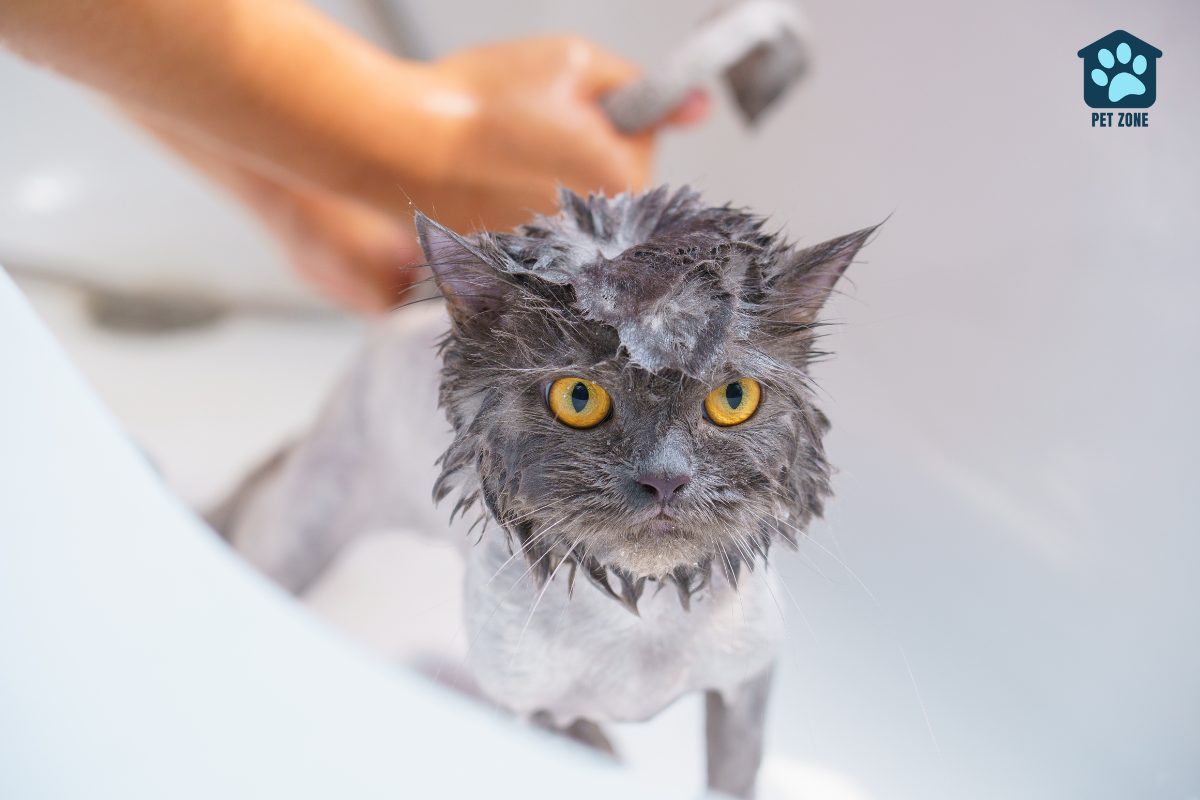
Conclusion
In summary, bathing your cat without getting scratched can be made easier with the right approach. By following practical tips such as starting from the neck down and using a hand-held faucet attachment for rinsing, you can efficiently bath your cat.
Have you tried using a DIY cat bath bag to safely restrain your cat during baths? It might help prevent scratches and ensure both of you stay safe.
Applying these strategies not only improves your cat’s hygiene but also strengthens the bond between you and your feline friend.
Why not give it a try next time your kitty needs a bath?
Frequently Asked Questions
Yes, you can bathe your cat without getting scratched. Be gentle, and get your cat used to water slowly to keep the peace.
Help your kitten become accustomed to water by introducing it gradually. Let them play in an empty tub, then add a little bit of warm water next time.
Keep it simple – use a cup or gentle spray attachment to rinse your cat’s coat well after applying shampoo made just for cats.
Clean the face and other areas with a damp cloth instead of putting your whole cat in the tub if they really hate water.
Always use shampoo that is specially made for cats because human shampoo isn’t good for their skin or fur.
Wrap and gently dab your wet kitty with a towel – don’t rub! Keep drying until their coat feels only slightly damp.
As an Amazon Associate I earn from qualifying purchases.
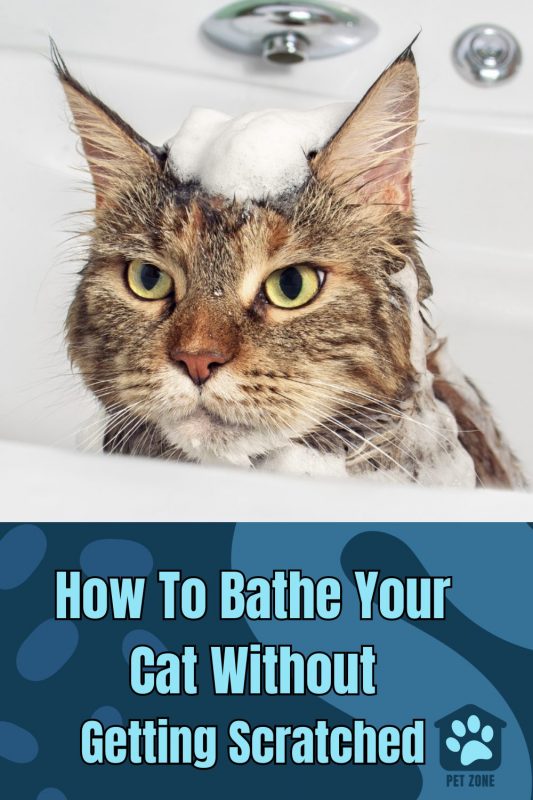


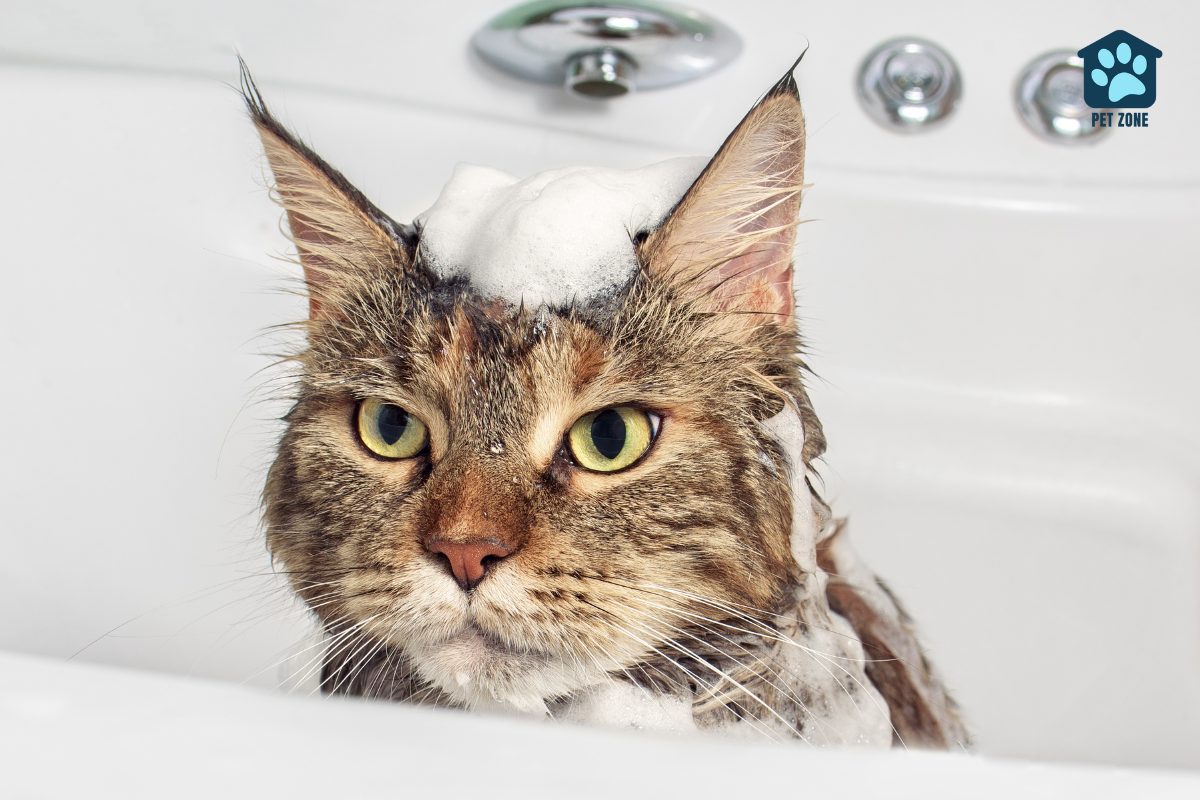
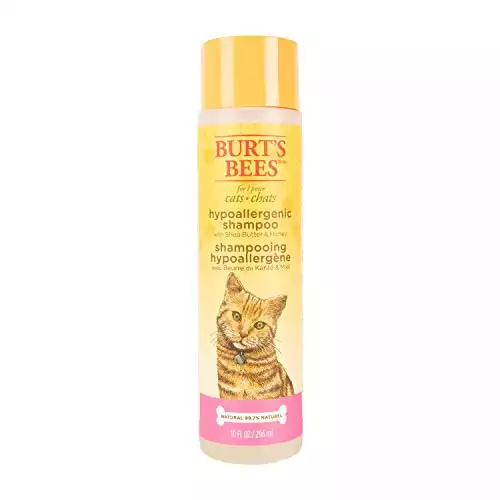
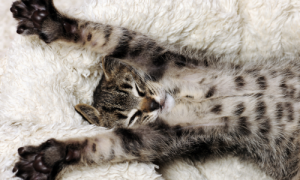
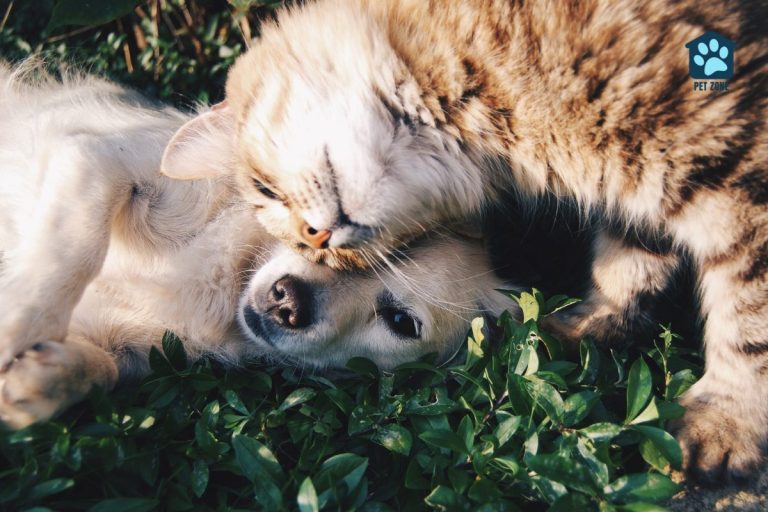
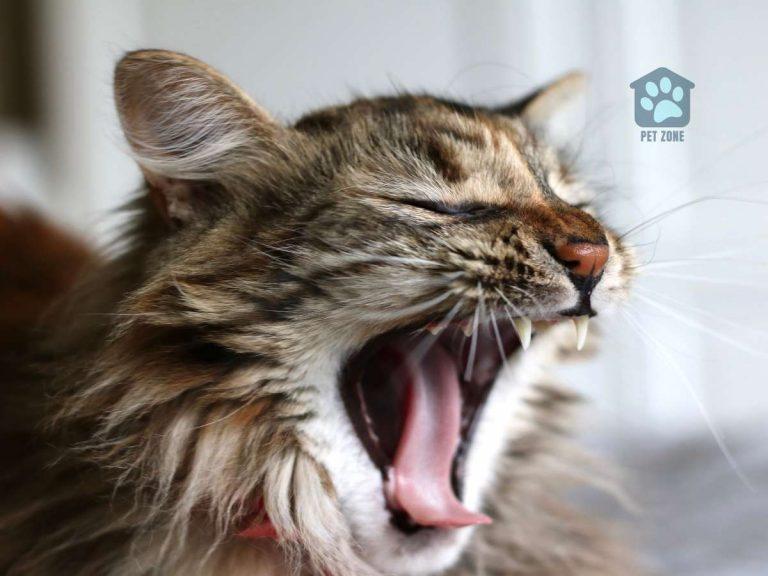
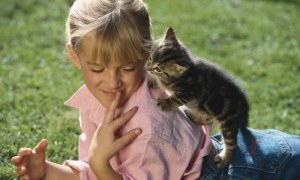
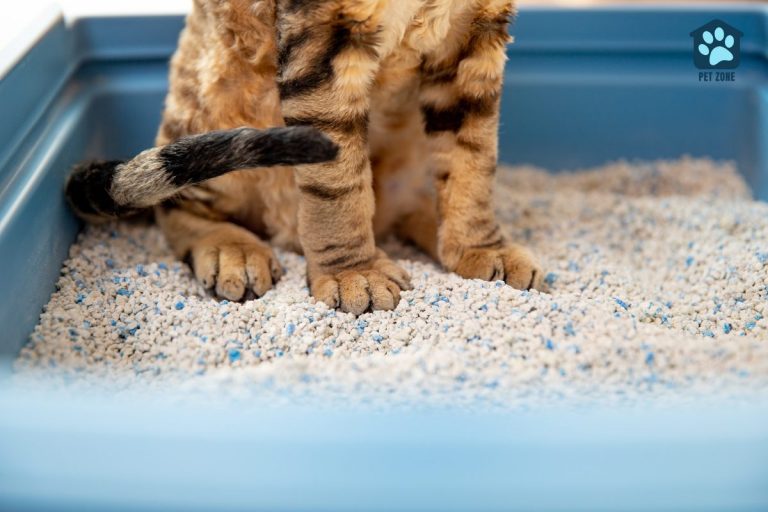
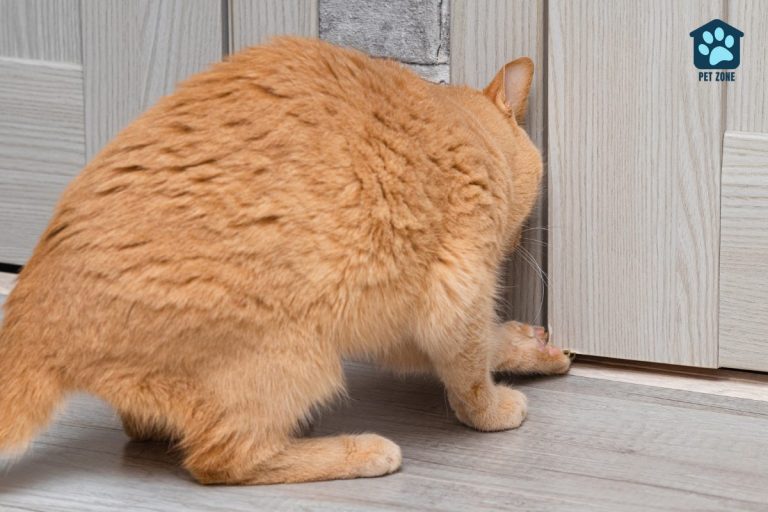
These are such helpful tips! I have a tabby cat who needs a bath after medication caused his fur up by his ears to look greasy. He doesn’t hate water, but he doesn’t necessarily care for it either. I think the cat bath bags are a great idea—thanks for sharing your expertise!
Great ideas!